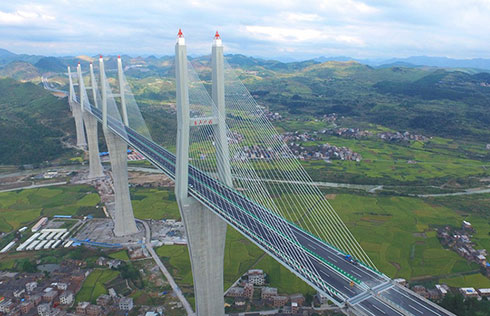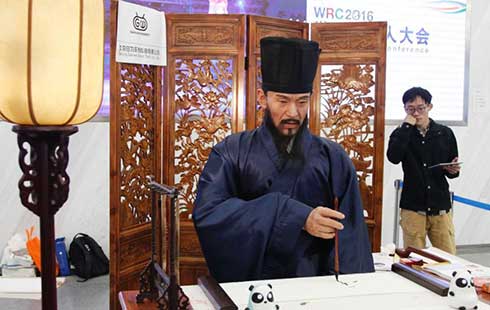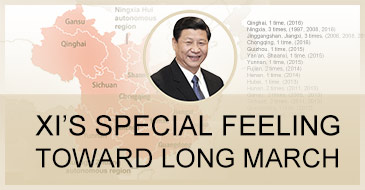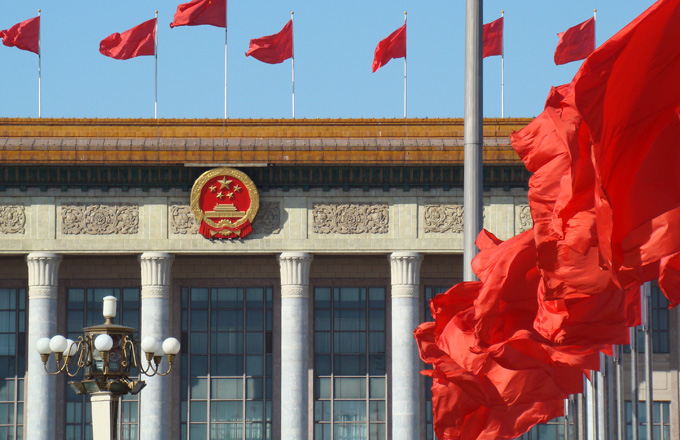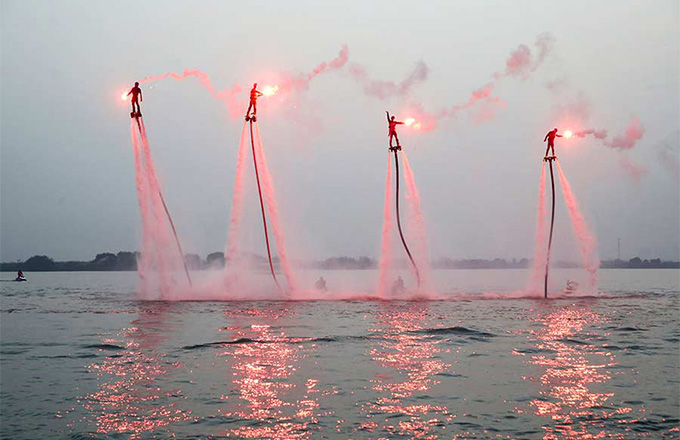Enhancing Northeast's economy
Stimulus package aims to drive forward innovation and boost manufacturing capability
To boost the slowing economy in Northeast China, the central government has announced another round of stimulus measures for innovation and to upgrade the manufacturing sector.
The 13th Five-Year Plan for Revitalizing Northeast China was approved by the State Council, or China's Cabinet, last Tuesday along with another supportive document to introduce measures at the second meeting of the Leading Group for Revitalizing Northeast China and Other Old Industrial Bases, which was presided over by Premier Li Keqiang.
The documents are the latest move by the central government to support the development of Liaoning, Jilin and Heilongjiang provinces, as well as the eastern part of the Inner Mongolia autonomous region, which geographically neighbors, and was, historically, part of Northeast China.
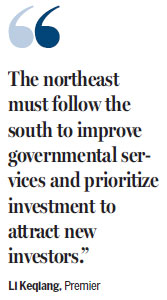
Northeast China has more than 120 million people and has played a key role in nursing the country's industrial output since 1949. China's first domestically-made vehicle was produced in 1956 in Changchun, provincial capital of Jilin. The region's contribution to China was similar to the Ruhr Valley's in Germany.
The region's pillar industries embraced automobile-making, equipment manufacturing, and some heavy industries such as steel and iron, as well as coal mining. As the central government promotes cutting overcapacity and economic restructuring, the region's economy seemed suddenly to brake.
Liaoning, which has relied on energy production, agricultural goods and commodities, saw its GDP decrease by 1 percent for the first half of this year compared to the same period last year, the lowest in the country.
All of these sectors have been suffering overcapacity and, consequently, declining prices. This situation, together with falling private investment, curtailed the province's growth, Liang Qidong, vice-president of the Liaoning Academy of Social Sciences, told thepaper.cn, a news website based in Shanghai.
Meanwhile, the past year saw a sharp decline in private investment in Northeast China, with that in Liaoning decreasing by 58 percent in the first half of this year.
Northeast China borders Siberia, North Korea and Mongolia, where border trade and economic exchanges are much less active and profitable than in southern China, said Lyu Chao, a researcher on border studies at the Liaoning Academy of Social Sciences.
At the meeting, the premier called on local governments to boost innovative technologies and ways of management, and link their equipment manufacturing with advanced designs as used in the south.
Lu Hao, governor of Heilongjiang province, said some former employees of coal mines have started to sell high-quality agricultural goods online. The premier said, in response, that the key to upgrading the local economy still relies on innovation.
Li added that the business environment must be changed to usher in new investors. After the meeting, many netizens complained online of the region's sluggish business environment and low efficiency.
"I heard from some of the region's entrepreneurs that a project was required to get more than 200 seals before being approved," the premier said. "Many of them have complained that the business environment in the northeast is much worse than some regions in the south. The northeast must follow the south to improve governmental services and prioritize investment to attract new investors."
The premier also inquired why the region has none of the country's top 100 internet companies while it can boast hundreds of renowned universities and research institutes which should have provided a strong momentum for innovation.
Many college students would rather go south than stay in the region after graduation and a large number of well-known craftsmen have been lured by better payment from companies in the south, Lyu said.
The region should also introduce international business management for marketing to explore a wider global market, Lyu said. Other cities could learn from Shenyang, capital of Liaoning province. The city has an industrial park jointly launched with Germany to make products, such as BMW cars, he added.
Fortunately, Lyu believed, the region still enjoys an advantageous geographical location to make use of rich resources, and exports from neighboring countries that can help upgrade pillar industries. "As the measures are carried out, the region can see bright prospects as long as it changes deep-seated and outdated thinking and management to keep expertise and investment," Lyu added.
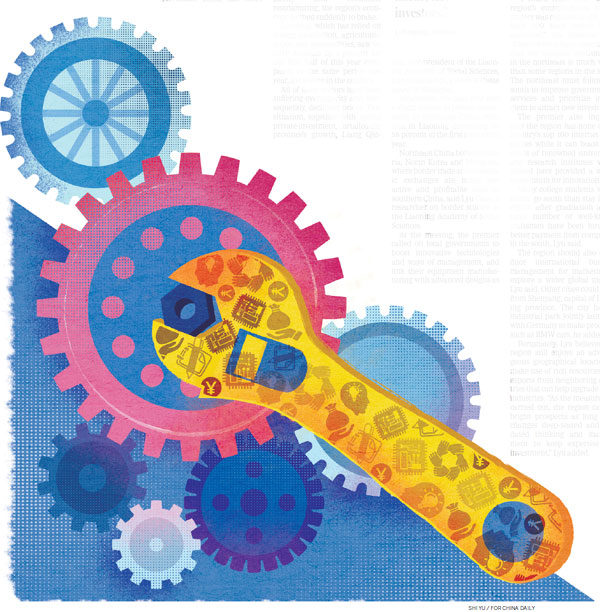
- 2016 Sub-Regional Meeting for Intangible Cultural Heritage Safeguarding in Northeast Asia Focuses on the Role of the Media
- Foreign students studying in Jilin province visit Northeast Agricultural Base
- Northeast Asian countries discuss the role of the media in raising awareness about intangible cultural heritage
- Beautiful red beach has stunning views in Northeast China




